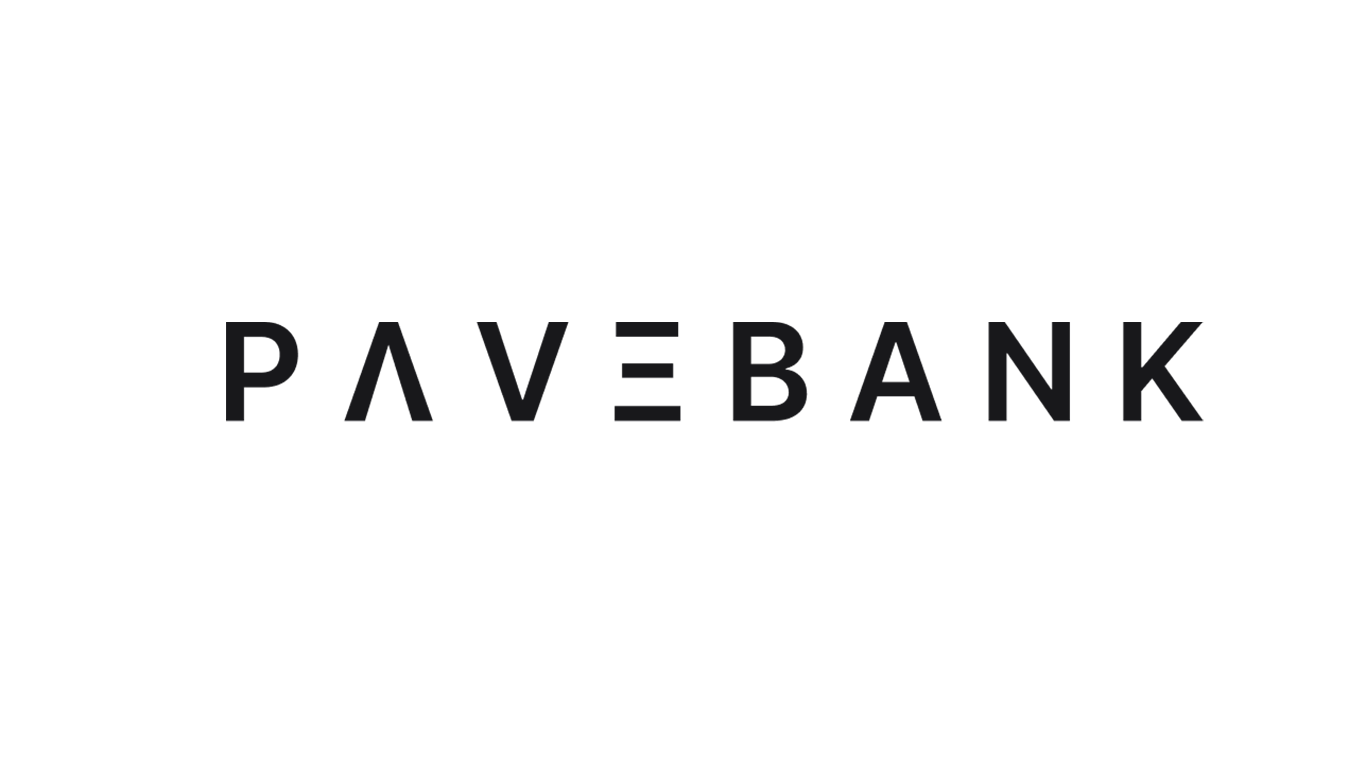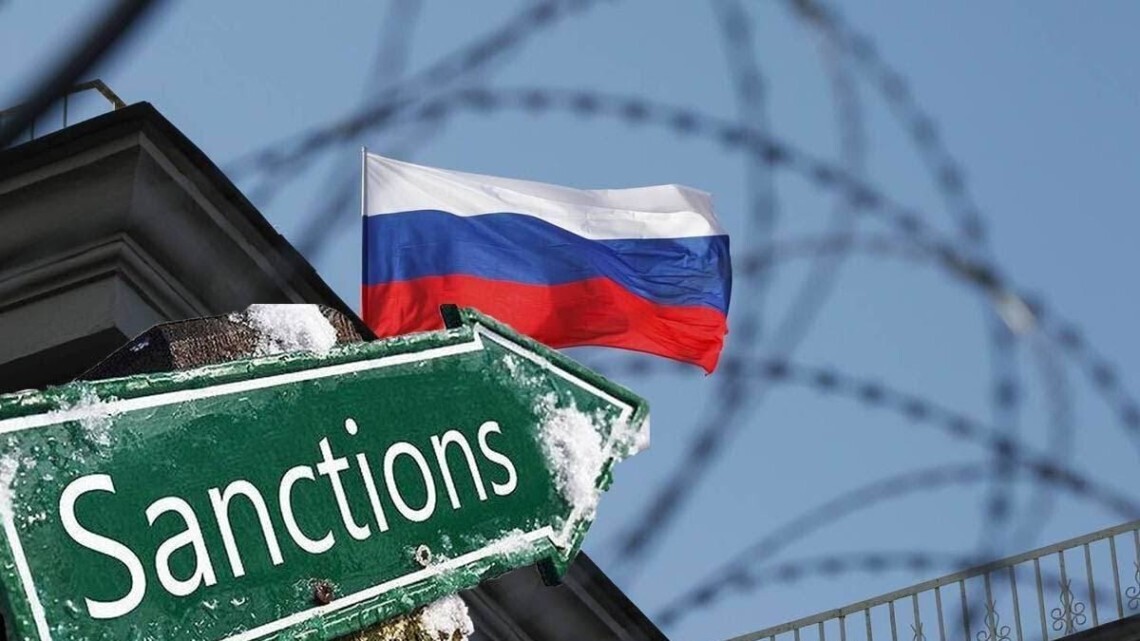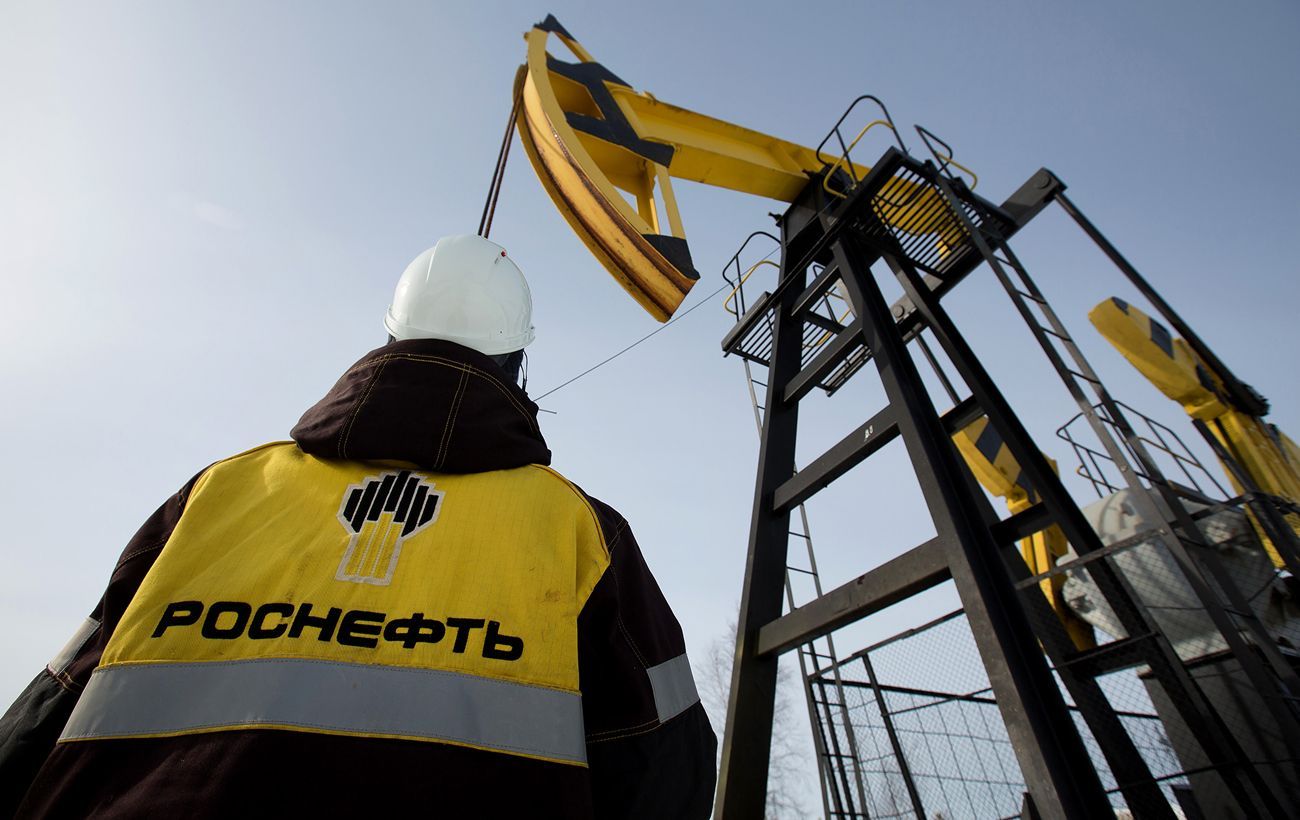Salome Janelidze, member of the board of the Energy Training Center at GNERC speaks about importance of clean energy:
“Support for clean energy is one of the main tools in the fight against climate change. A number of mechanisms for promoting the production of electricity from renewable sources have been utilized around the world, however, recently, special attention has been paid to Contacts for Differences (CfD), which have also been introduced in Georgia.
CfDs protect investors from fluctuating electricity market prices and provide them with stable income. Although the operating costs of renewable energy producers are lower than those of fossil fuel producers, renewable energy projects require more upfront investment. Additionally, renewable energy sources such as solar and wind are non-dispatchable and difficult to forecast. Not infrequently, renewable energy production and electricity demand are misaligned. A good illustration of this phenomenon is California’s “duck curve,” which depicts the sharp mismatch between peak solar power output and peak demand. All of this affects the producer’s income and increases the risks associated with renewable energy projects. The presence of these risks, in turn, makes the project less bankable and increases the cost of capital. As a result, the levelized cost of energy also increases.
The purpose of CfDs is to reduce the risks described above and guarantee income for the investor. These types of contracts are common in financial markets, while their application for facilitating the production of renewable energy started in the UK back in 2014, where they had a significant impact on the development of large-scale renewable energy projects.
CfDs facilitate the market integration of renewable energy, allowing electricity producers to participate in organized markets as usual. Additionally, the state or its designated agent, upon signing the contract, ensures that producers will receive a predetermined target price for the electricity they sell, irrespective of the current market price. Should the target price exceed the market price at a given hour, the CfD party compensates the investor for the discrepancy. Conversely, if the market price surpasses the target price, the practice varies. In some instances, the producer must return the excess revenue to the contract’s counterpart.
Renewable energy producers acquire CfDs typically through a competitive process, such as an auction or tender, where investors specify a target price per unit of energy they are willing to accept. This price is the primary factor in selecting the winners. To prevent unreasonable bids, in some countries, the relevant authorities set a maximum target price before the beginning of an auction.
Unlike other renewable energy support mechanisms like feed-in tariffs and tax credits, CfDs help shield consumers from increased electricity costs and stabilize retail prices. In the event of an increase in electricity prices, states receive additional funds from CfDs to implement consumer support measures. Such practices took place during the European energy crisis of 2022.
In Georgia, CfDs were introduced as a renewable energy support mechanism by legislation in December 2022. The inaugural auction in 2023 allocated 300 MW of installed capacity across solar, wind, and hydro energy sources. CfDs are available for various renewable energy sources, with capacity quotas for each determined ahead of the auction. The duration of the support scheme is 15 years from the commissioning of the power plant, 8-12 months per year, depending on the energy source. Selection of projects occurs through a competitive auction process where interested parties submit applications. The auctioned capacity is allocated starting with the lowest price bids until all capacity is assigned, following the median tariff principle. Winners of the auction enter into a contract with JSC Electricity System Commercial Operator (ESCO), a 100% state-owned entity responsible for operating the so-called balancing electricity market.
The contract ensures that the producer is compensated for the difference between the auction-determined target price and the day-ahead market price. This obligation is reciprocal; if the market price is higher than the target price, the producer must pay the difference back to ESCO. Until the day-ahead market becomes operational, the balancing electricity price is used for settlement purposes.
As of February 12 this year, the application period for the second capacity auction, offering 800 megawatts of capacity, had concluded. For the first time, this auction specifically allocated separate quotas for solar and wind power plants with energy storage systems, which will enhance the reliability of the power system.
Implementing CfDs to boost renewable energy uptake marks a significant advancement, aligning with best international practices. This mechanism is particularly important for Georgia, considering the preceding period of stagnation in renewable energy project development. New projects under the CfD scheme are set to lower greenhouse gas emissions, enhance Georgia’s energy security, and support the implementation of the Black Sea Submarine Cable Project, aimed at exporting surplus green energy from Georgia to Europe. However, monitoring CfDs’ practical application will be vital. Since such contracts may not adequately incentivize producers to optimize energy output, the relevant authorities might need to intervene to prevent potential market distortions”.
S












